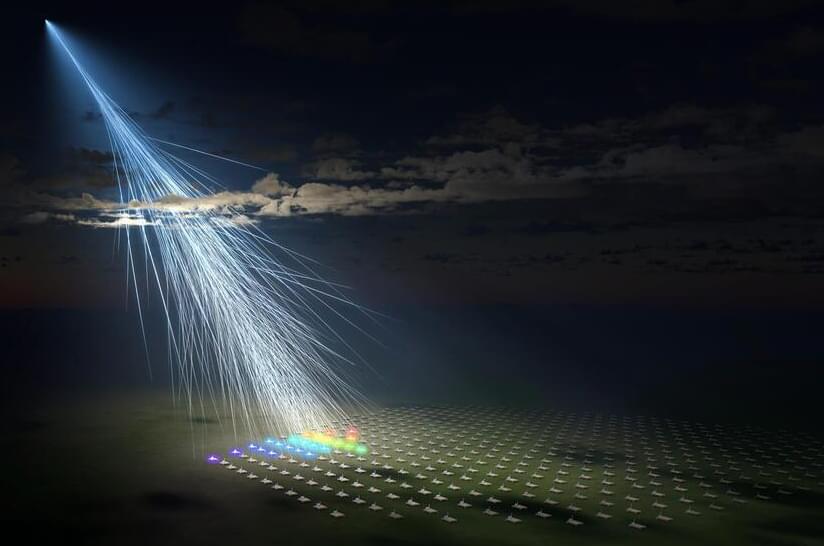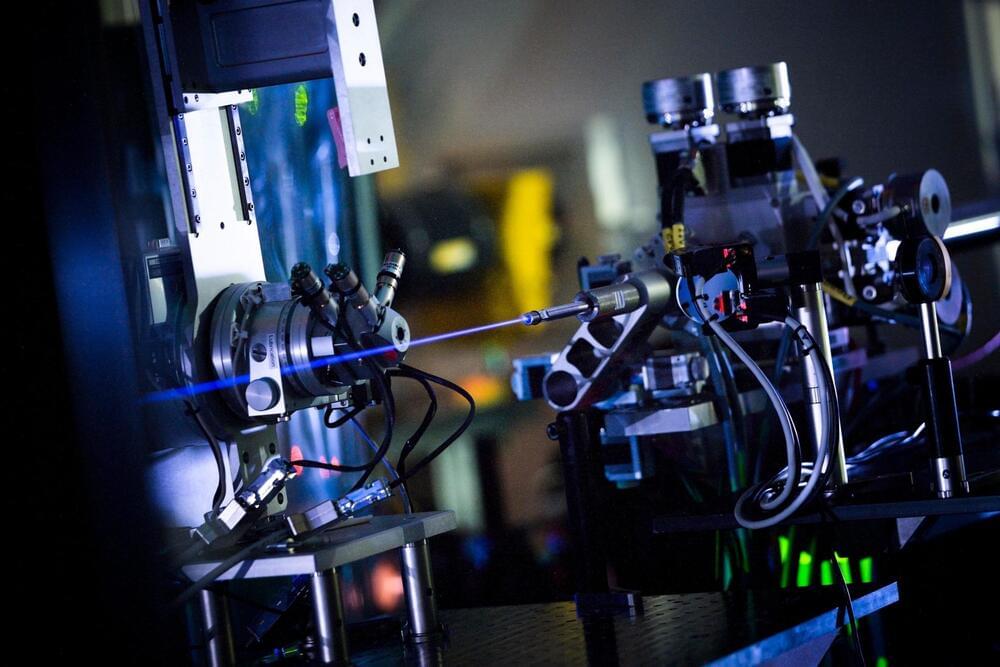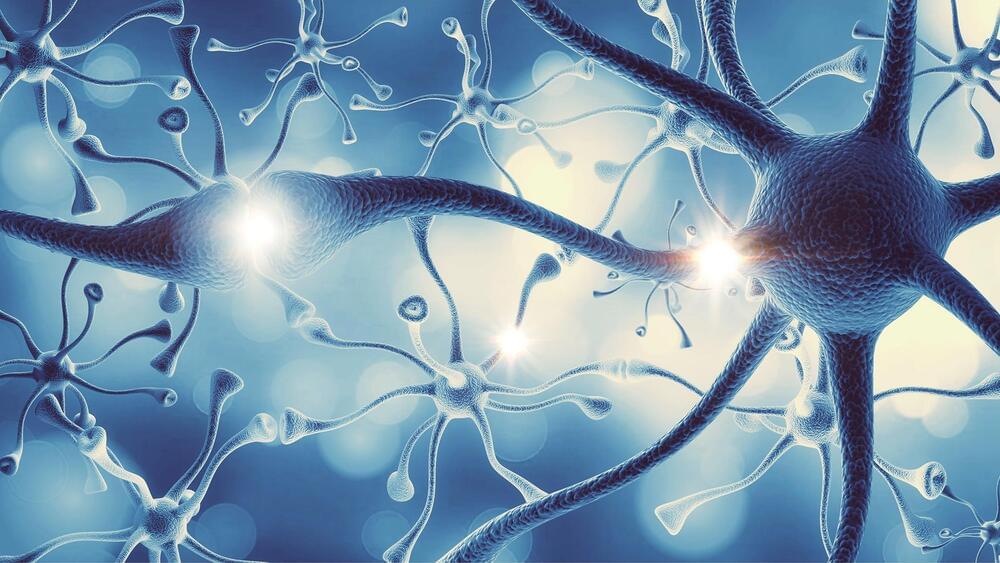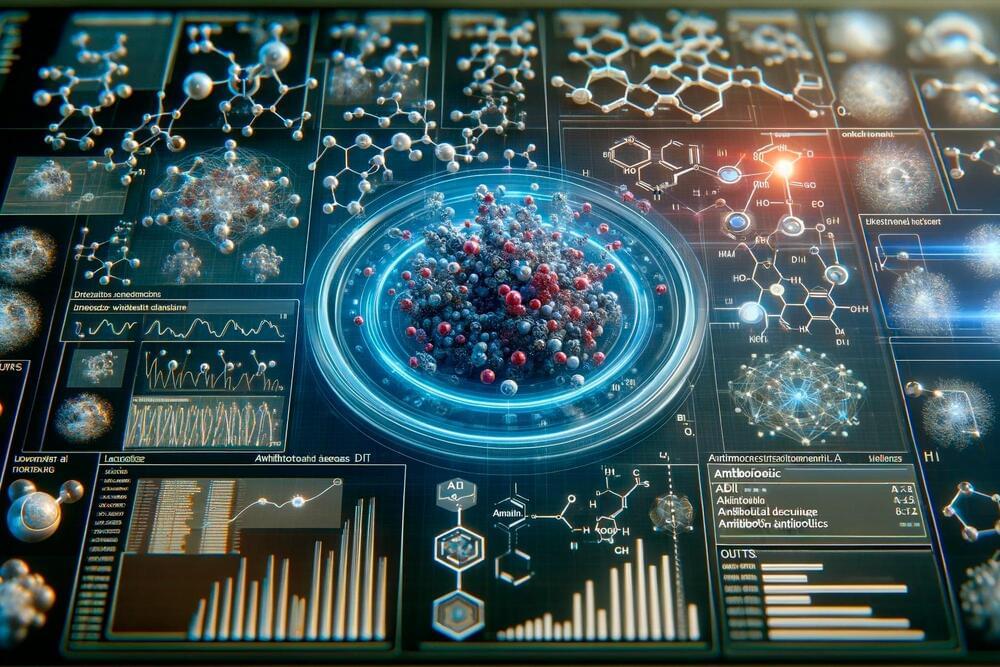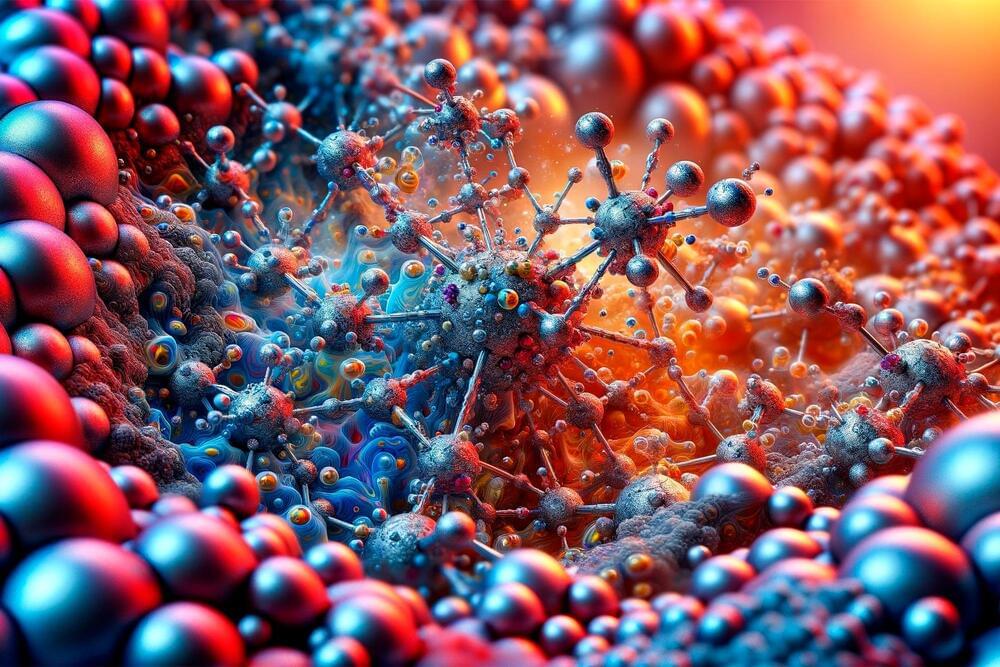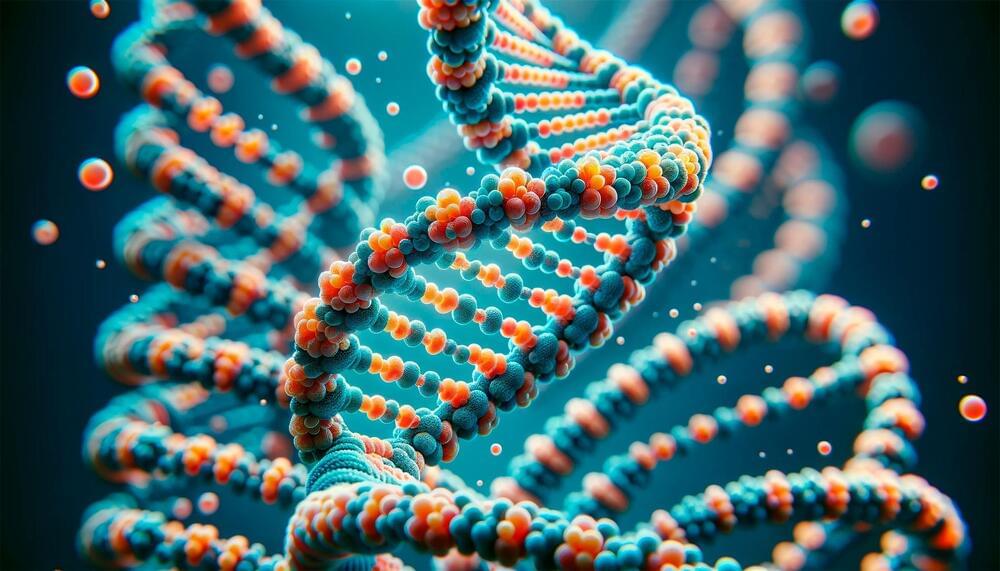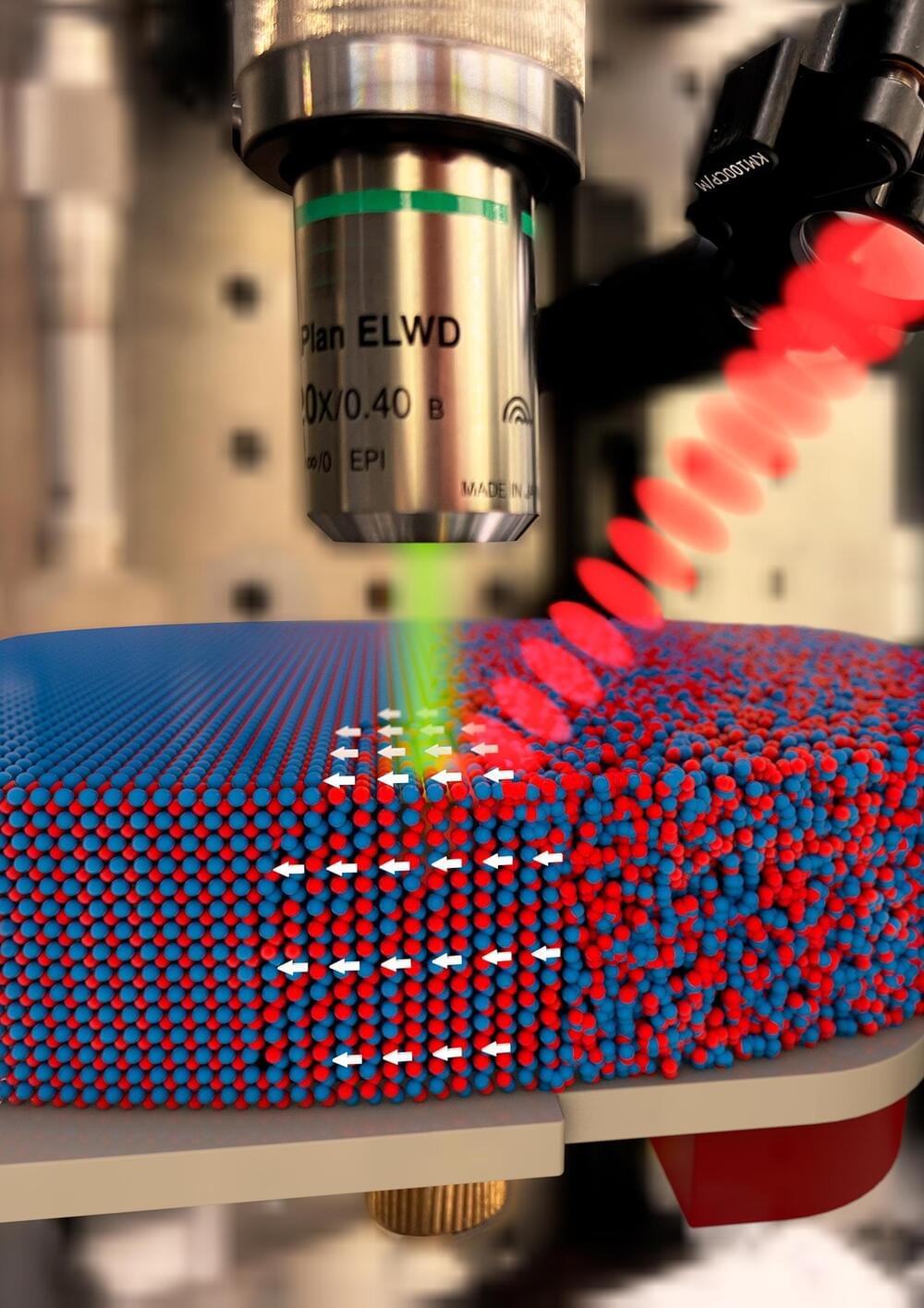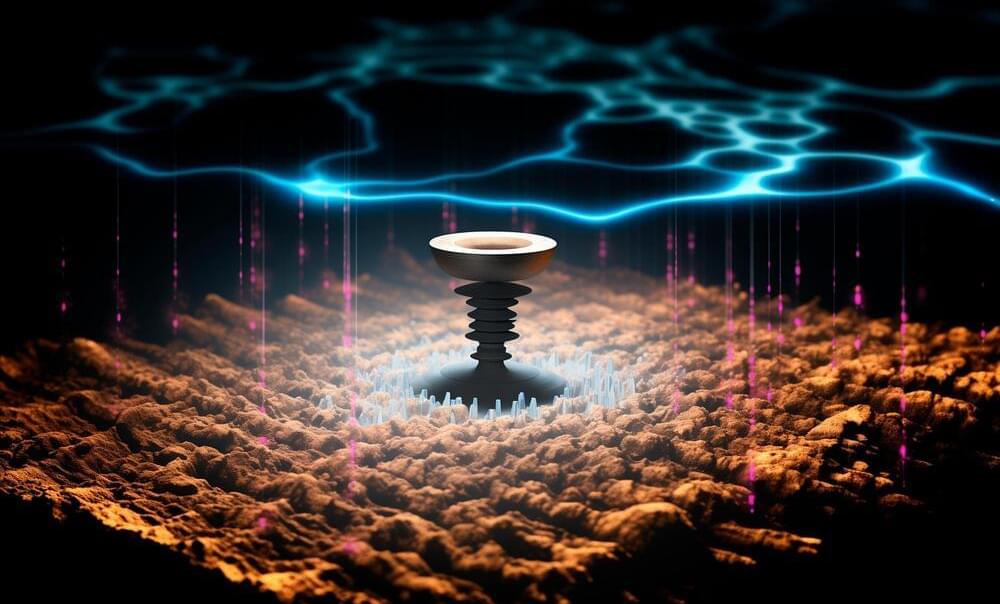Dec 20, 2023
Mystery in the Cosmos: Telescope Array Detects Ultra-High Energy Extraterrestrial Particle With No Obvious Source
Posted by Saúl Morales Rodriguéz in categories: particle physics, space
A groundbreaking detection of an extremely energetic cosmic ray by the Telescope Array experiment raises questions about its source, as it points to a cosmic void, challenging current theories in cosmic ray origins and high-energy physics.
Discovery of an Exceptional Extraterrestrial Particle
Researchers involved in the Telescope Array experiment have announced the detection of an extraordinarily energetic cosmic ray. This particle, which originated beyond our galaxy, possesses an astounding energy level of over 240 exa-electron volts (EeV). Despite this remarkable find, its exact source remains elusive, as its arrival direction does not point to any known astronomical entities.
